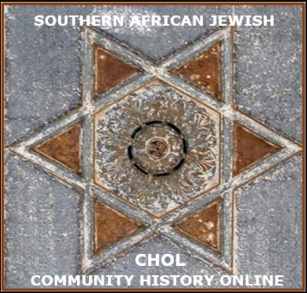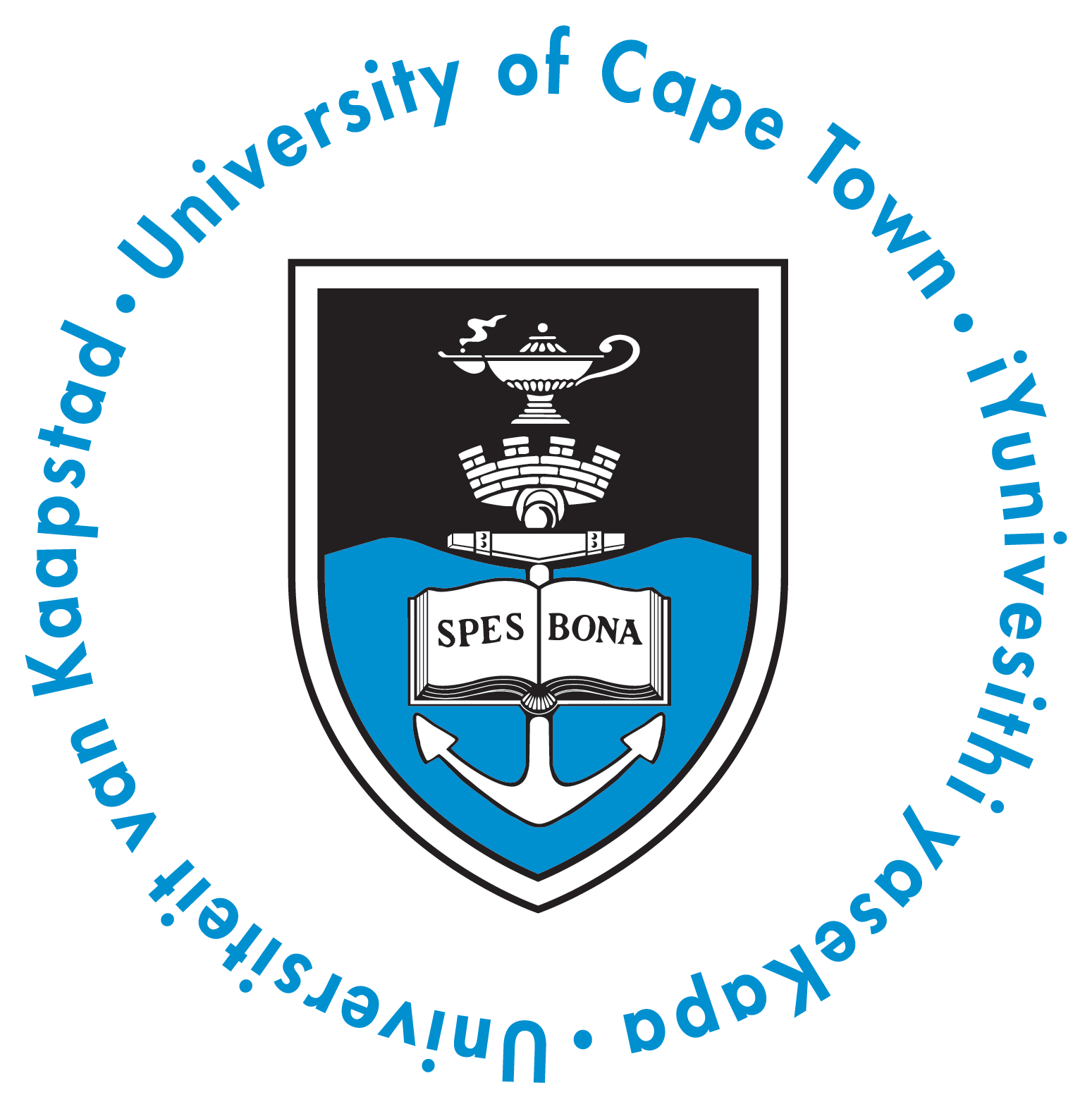Timeline of Jewish life in Caledon (1870-1980)
1870: By this year, J Hurwitz, a smous ('hawker'), and a Mr Brauer had settled there, followed around 1880 by Solomon Gordon, who introduced ostriches.
1880s: Solomon Gordon had organised a minyan to celebrate the High Holy Days.
1914: HM Grodzinski was the congregation president and Montagu’s Rev N Cohen was its mohel, cantor and shochet.
1918: 18 members attended services. The community did not have sufficient committed religious leadership to buy land for a synagogue before 1925.
1928: The synagogue was erected.
1930s: The community was at its peak with 40 families. Weekly services were held and all chagim were celebrated.
1930s: There were several antisemitic incidents, with protest meetings against Jewish immigration by the Nationalist Party, with Dr Donges (later state president) as a speaker, and Dr Verwoerd (later prime minister) at another.
1940-1945: During the Second World War, there was a virtual boycott of Jewish shops, with slogans on school blackboards, and the synagogue was vandalised.
1945: The last minister leaves.
1947: The cemetery, which was acquired quite late, contained only seven graves. Earlier, Jews had been buried in the Dutch Reformed cemetery or the bodies were sent to Cape Town.
1952: Caledon, like all the country communities, started to lose its members as the children grew up and moved to the cities for education, to be followed later by their parents. In 1952, there were still 11 families with six children.
1955: The last Jewish funeral took place.
1957: The synagogue windows were smashed.
1970: There was no longer a minyan.
1982: The Caledon Hebrew Congregation ceased to exist.
1994: The synagogue building was sold to an Afrikaans man, who planned to live there.



